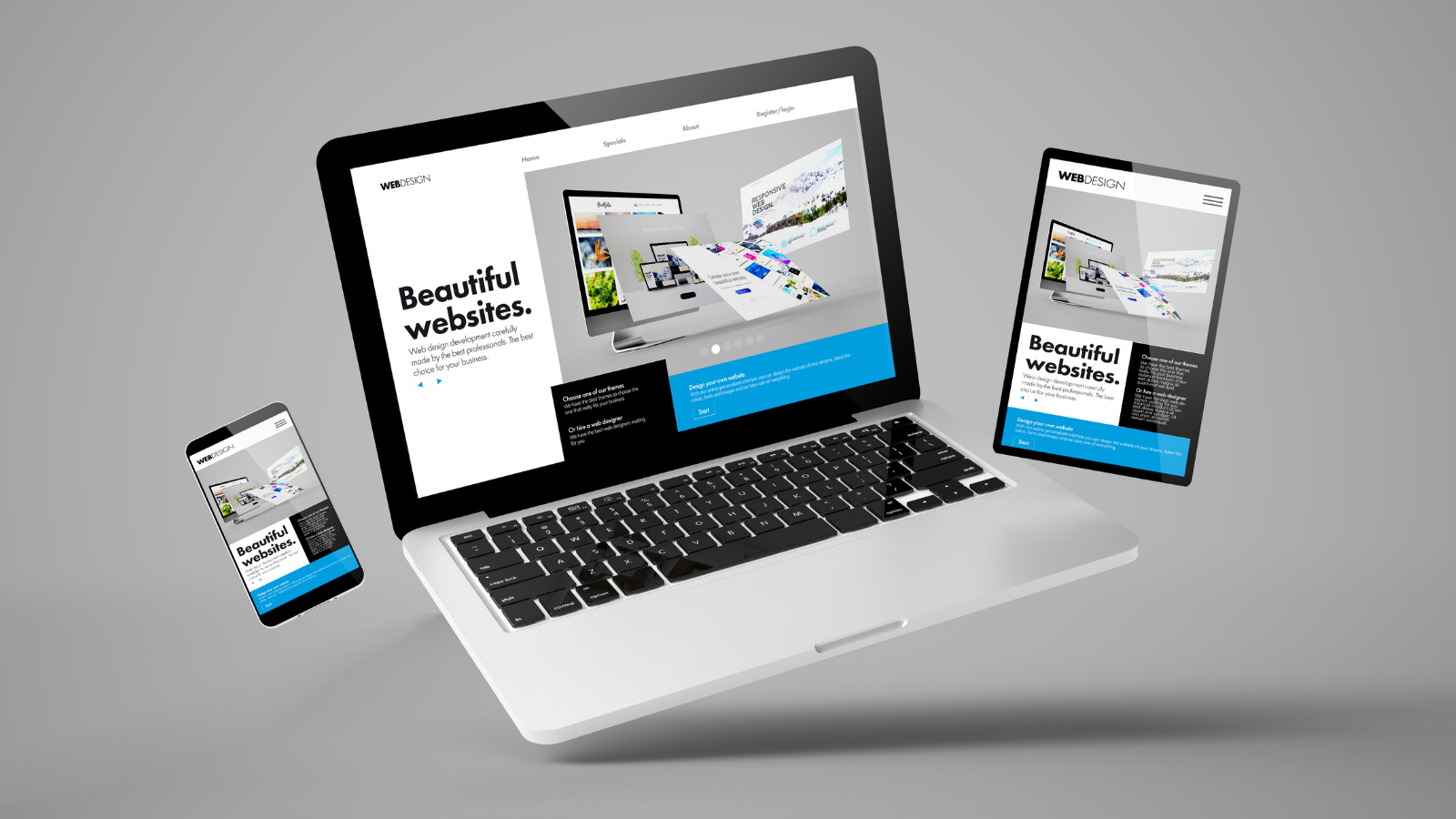As businesses in Agra continue to embrace the digital revolution, having a well-developed website has become essential for success. A website not only serves as a platform to showcase products and services but also acts as a crucial tool for attracting and retaining customers. To ensure your website stands out in a competitive market, it’s important to adhere to best practices for website development. Here are some key strategies to consider.

Table of Contents
Toggle1. Define Clear Goals
Before embarking on the website development journey, it’s essential to define clear goals for your site. Determine what you want to achieve—whether it’s generating leads, increasing sales, or enhancing brand awareness. Having specific objectives will guide the design and functionality of your website, ensuring that it aligns with your business strategy.
2. Focus on User Experience (UX)
User experience is a critical factor in website development. A well-designed site should be intuitive, easy to navigate, and visually appealing. Prioritize usability by organizing content logically, using clear calls to action, and ensuring that users can find what they’re looking for without frustration. Incorporate responsive design to ensure your website functions well on various devices, from desktops to smartphones.
3. Optimize for Search Engines (SEO)
Search engine optimization (SEO) is vital for driving organic traffic to your website. Implement best SEO practices by using relevant keywords, optimizing meta tags, and ensuring your site is structured for easy crawling by search engines. High-quality content is essential, so focus on creating valuable and informative articles that address your audience’s needs. Local SEO is particularly important for businesses in Agra, so include location-specific keywords and register your business on Google My Business.
4. Ensure Fast Loading Times
Website speed is crucial for user retention. Studies show that users are likely to abandon a site if it takes more than a few seconds to load. To enhance loading times, optimize images, minimize HTTP requests, and leverage browser caching. Consider using a Content Delivery Network (CDN) to distribute your content across multiple servers, improving load times for users in different geographical locations.
5. Implement Strong Security Measures
As online threats continue to rise, ensuring the security of your website is paramount. Implement HTTPS to encrypt data and protect user information. Regularly update your website’s software, plugins, and themes to guard against vulnerabilities. Consider using security plugins that offer additional protection, such as firewalls and malware scanning.
6. Create Quality Content
Content is at the heart of every successful website. Invest in creating high-quality, engaging, and relevant content that resonates with your target audience. This could include blog posts, videos, infographics, or case studies. Regularly updating your content not only keeps your site fresh but also improves SEO and encourages repeat visits.
7. Utilize Analytics Tools
To understand how users interact with your website, implement analytics tools such as Google Analytics. These tools provide valuable insights into user behavior, allowing you to identify areas for improvement. Track metrics such as bounce rate, average session duration, and conversion rates to gauge the effectiveness of your website and make data-driven decisions.
8. Ensure Accessibility
Creating an accessible website is essential to cater to all users, including those with disabilities. Follow the Web Content Accessibility Guidelines (WCAG) to ensure your website is usable for individuals with visual, auditory, or cognitive impairments. This includes using appropriate color contrasts, providing alt text for images, and ensuring keyboard navigability.
9. Incorporate Social Proof
Adding elements of social proof, such as testimonials, reviews, and case studies, can significantly enhance your website’s credibility. Displaying positive feedback from satisfied customers helps build trust with potential clients and encourages them to engage with your business. Consider integrating social media feeds to showcase real-time interactions and testimonials.
10. Plan for Scalability
As your business grows, your website should be able to adapt to changing needs. Choose a scalable platform that allows for easy updates and expansions. Whether you plan to add new features, products, or services, ensuring your website can grow with your business will save time and resources in the long run.
Conclusion
Adhering to best practices for website development is crucial for businesses in Agra looking to establish a strong online presence. By focusing on user experience, SEO, security, and quality content, you can create a website that not only attracts visitors but also converts them into loyal customers. As the digital landscape continues to evolve, staying updated with the latest trends and technologies will ensure your website remains competitive and effective in meeting your business goals. Investing time and resources into website development is an investment in the future success of your business.


No responses yet